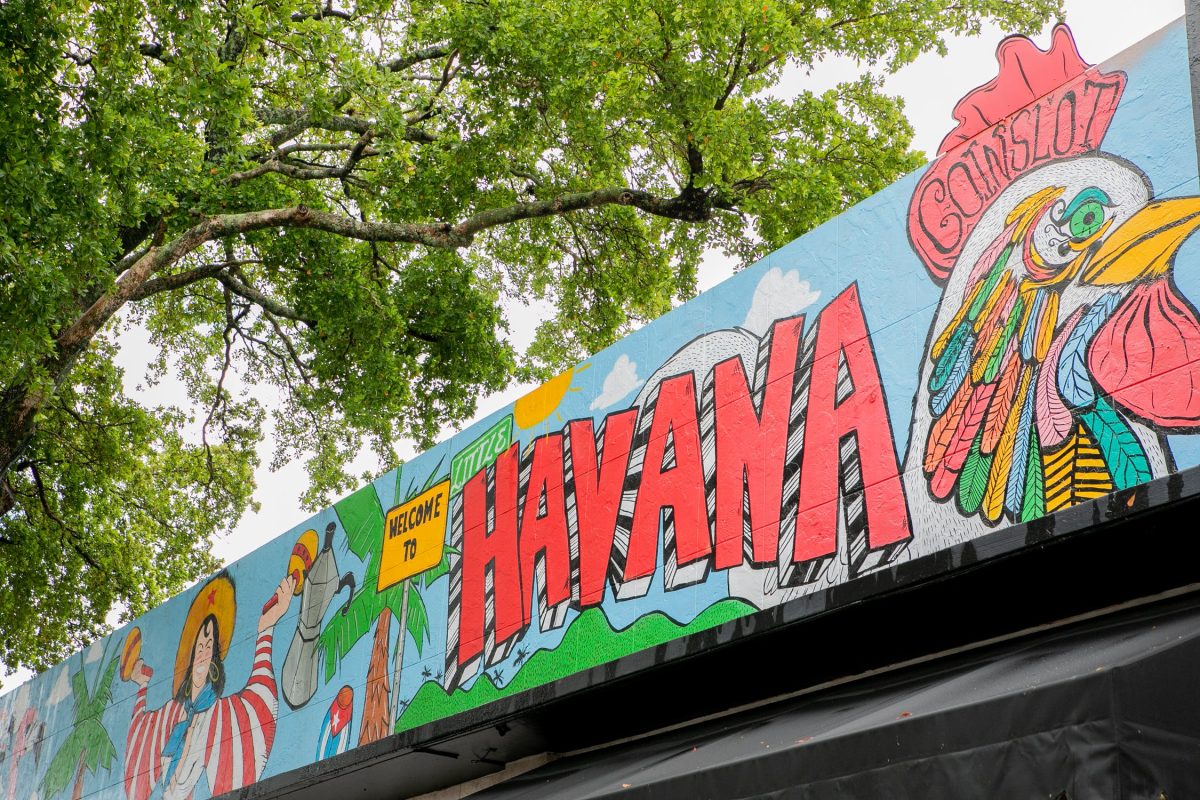Virtually every major city in the United States offers at least one ethnic enclave – a neighborhood with a higher concentration of people from a specific country, culture or ethnic group. These districts provide a sense of familiarity and community to their inhabitants, while also offering an opportunity for visitors to learn about a given culture and to experience the many aspects that make it unique.
We’ve listed some of the most prominent ethnic communities in America, as well as some lesser-known but equally noteworthy enclaves.
Chinatown (New York City). No discussion of ethnic communities in America would be complete without mentioning Manhattan’s Chinatown district. Located on the Lower East Side of Manhattan, this must-visit neighborhood is brimming with lively markets and food stands, superb dining and eclectic shopping destinations including Pearl River Mart. The area’s Chinese New Year Parade is an unmissable event. Many large American cities have their own Chinatown, too, including Chicago, Los Angeles and San Francisco.
Little Ethiopia (Washington, DC metro area). This vibrant community in Greater Washington was originally centered around 9th and U Streets in the city’s Northwest quadrant, though in recent years it has extended to the surrounding suburbs in Maryland and Virginia. The DC area as a whole features the largest concentration of Ethiopian people (roughly 200,000 at last count) of any area in the world outside of Ethiopia itself. Dozens of eateries, lounges and coffee shops dot the streets in certain neighborhoods, and signs for many local businesses are written in Amharic.
Little Italy (Philadelphia). Manhattan’s Little Italy may be the first neighborhood that comes to mind when you think of Italian enclaves in America, but South Philadelphia also boasts a very active community. The hub of the neighborhood is the South 9th Street Curb Market (more commonly known as the Italian Market), filled with plenty of individual shops to explore. Dining options abound as well. Many families living in Little Italy have been here for generations, so the feeling of community is exceptionally strong.
Koreatown (Los Angeles). Often referred to as K-town, this three square-mile enclave is tucked west of downtown LA, and south of Hollywood, and offers the largest Korean community outside of Korea itself. There are countless things to do, see and discover here – from shopping at one of the area’s many multi-level malls to sitting down for a feast of Korean barbecue or experiencing the area’s world-renowned nightlife.
Polish Downtown (Chicago). Chicago has been known for its Polish heritage for more than 150 years, and this neighborhood is considered the epicenter of the Polish community. You’ll find a number of excellent, authentic restaurants and markets selling Polish-made items – plus religious and cultural landmarks including the Polish Museum and St. Stanislaus Kostka Parish. North of Polish Downtown in the Jefferson Park area of the city, the Taste of Polonia Festival draws thousands of visitors every Labor Day weekend.
Little Havana (Miami). It’s perhaps not surprising that Miami has such a strong Cuban presence, given that the island nation is just a few hundred miles away. The heart of this neighborhood is Calle Ocho, a colorful thoroughfare with restaurants, clubs, bakeries, cigar shops and beautiful wall murals. Little Havana locals gather at Máximo Gómez Park to play dominoes (hence its nickname, Domino Park); another popular activity is Viernes Culturales (“Cultural Fridays”), a monthly outdoor festival showcasing Latin art, music and culture.
Other Diverse Neighborhoods
While perhaps not as large and well-known as the above communities, there are plenty of other unique, vibrant ethnic enclaves scattered throughout the country. India Square in Jersey City is home to nearly 15,000 Asian Indian people and features dozens of restaurants, cafes and delis serving authentic Indian cuisine, as well as shops and temples. Chindianapolis, on Indianapolis’ south side, has welcomed over 20,000 Burmese Chin refugees in recent decades; this tight-knit community provides a supportive environment for those escaping persecution in their homeland. Fredericksburg, in central Texas, is heavily influenced by German history and culture. And 15% of the town of Brockton, Massachusetts is of Cape Verdean ancestry. These distinctive neighborhoods offer an insight into different ways of life and add richness and vibrancy to the overall atmosphere of the city.



